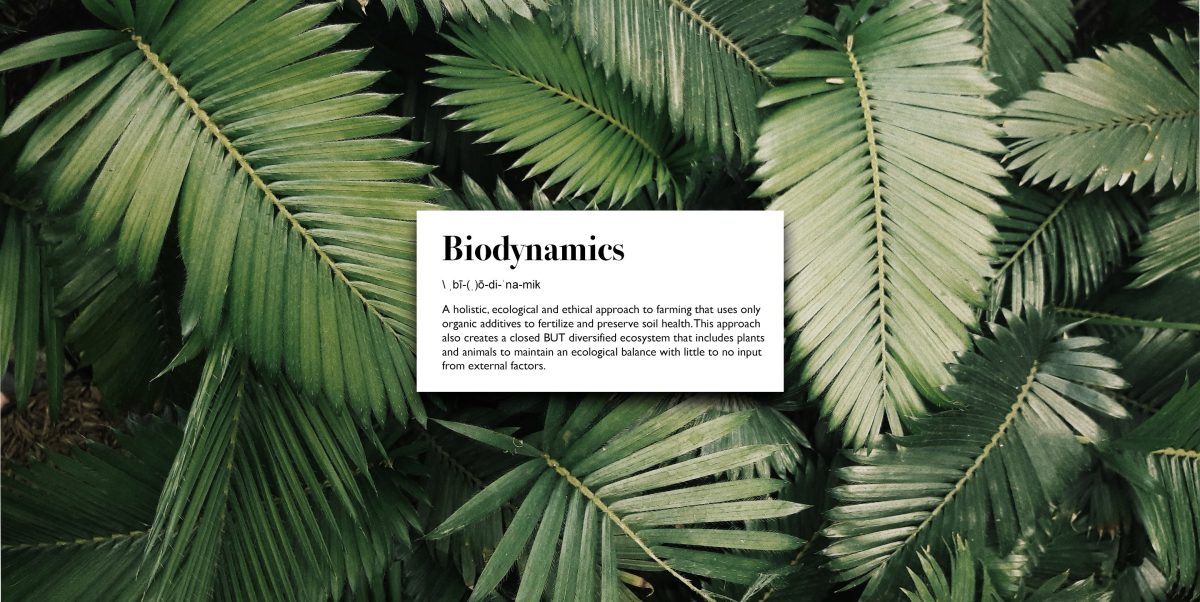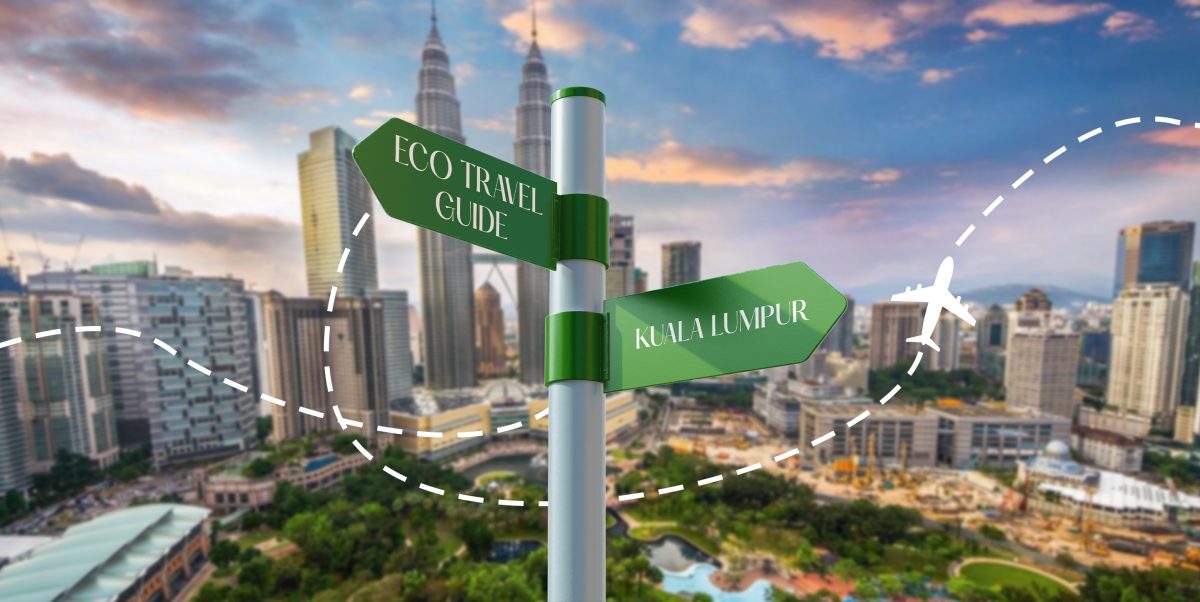If you’d like to become an advocate or thought leader of food sustainability, not only do you have to put your ideas into action, but you also have to back it up with your words – the right words!
Not only will using the right terminology make you sound a full-fledged champion of ethical food consumption, you can also help pay more attention on the produce they buy, how they consume it and their role in building a better, more sustainable future.
To help give you a start on your way to becoming a positive influence in your community, here are 10 useful terms (and their definitions) for talking anything and everything about food sustainability.
See also: All ‘Sustainability Defined’ features
Biodynamics

A holistic, ecological and ethical approach to farming that uses only organic additives to fertilise and preserve soil health. This approach also creates a closed BUT diversified ecosystem that includes plants and animals, to maintain an ecological balance with little to no input from external factors.
Circular Food System

Circular economy is one of those phrases that has created a growing buzz in the world of sustainability. It usually means creating a more durable product that lasts a long time, enough for it to be reused, repaired or remanufactured.
In food terms, a circular food system means producing food in a less harmful, more regenerative way. It also extends to chefs integrating food scraps into their dishes, food sharing apps or the way food is packaged to use less plastic and more biodegradable materials.
Composting
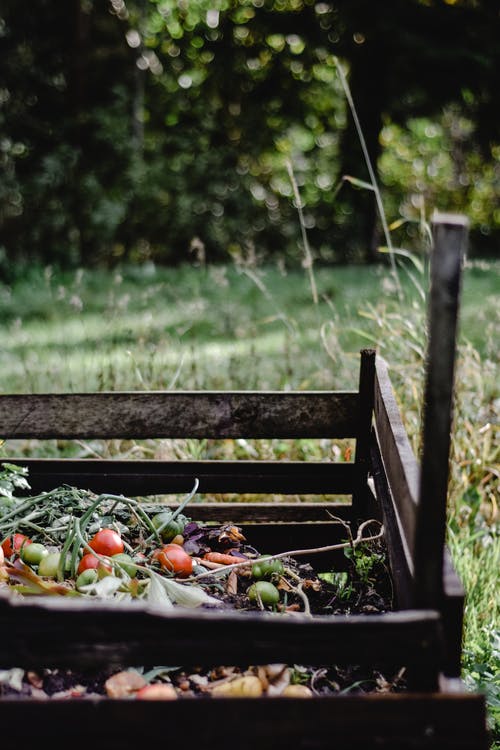
Every eco warrior probably knows about composting: the act of collecting organic waste to use as fertiliser. While we usually associate composting with collecting food scraps such as rotting fruit, coffee grounds and eggshells, it can also include weeds, leaves and even grass clippings – after all, they are organic! Not only does this contribute to the health of the soil, but it also keeps waste out of landfills.
Farm to Fork & Farm to Table
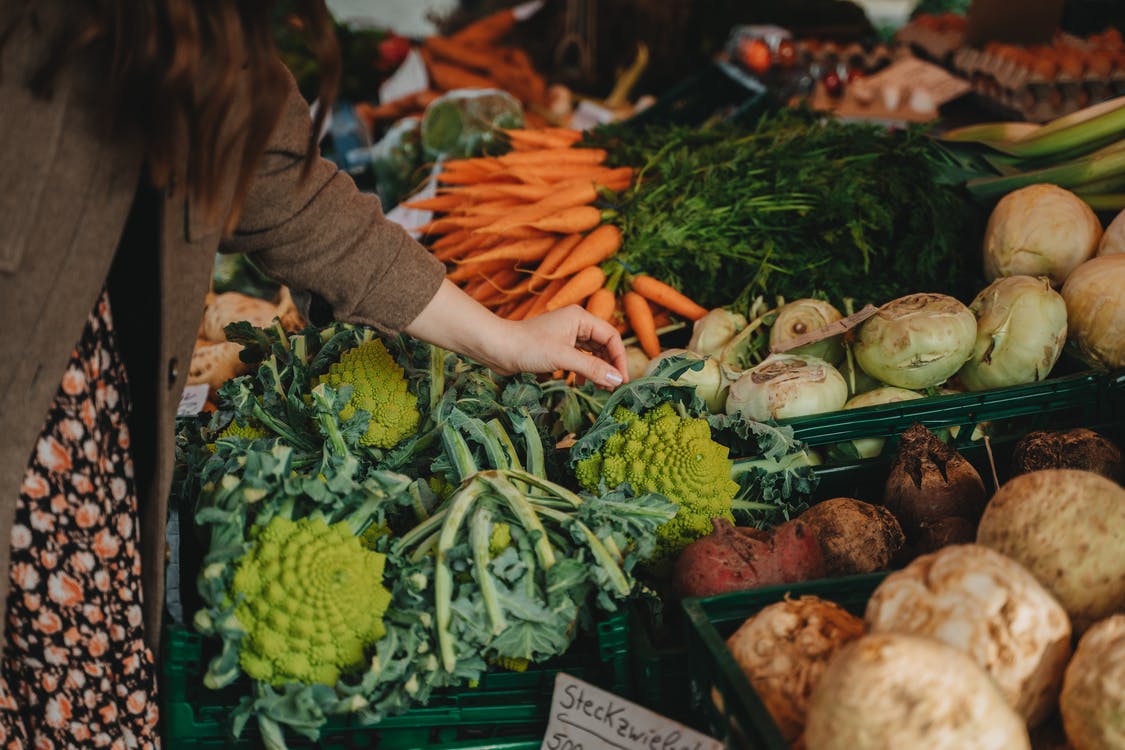
Growing out of the local food movement, “farm to fork” or “farm to table” is the act of buying food from local producers or farmers’ markets rather than from national or industrial suppliers.
The assumption is that local farmers use more organic farming methods for their produce – no growth hormones or pesticides – and raise animals or livestock in more humane conditions. Patronising these local producers also lowers your carbon footprint and allows the local economy to thrive.
Fair Trade

For most of us, the term “fair trade” (thank you Starbucks) was probably our entry point into wanting to know more about sustainability. The term covers an arrangement that helps small-scale farmers in developing countries achieve sustainable and equitable trade relationships.
This means that countries purchasing products labelled as “fair trade” are expected to pay higher prices for them, but with the knowledge that those goods were produced by manufacturers that have met the labour (no slave labour) and sustainability (reduced carbon footprint) standards set out by Fairtrade International.
Free Range

Ask different people and you’ll get different answers on what this one means. “Free range” is typically defined as a farming method where animals are allowed to roam, instead of being raised and caged in barns.
While the United States Department of Agriculture agrees with this definition on paper, it hasn’t actually implemented any regulations on how long an animal should be allowed to roam outside or what constitutes the space they roam in. So technically, a chicken that’s set loose outside before being… “processed” can be termed as a “free range chicken” – so be warned and do more research before your next purchase.
Genetically Modified & Genetically Engineered

While these terms, GM and GE for conciseness, are used interchangeably, there is a fine difference between the two. Both do involve genetic manipulation at a molecular level to allow something to achieve a desirable trait, which it normally wouldn’t have.
The difference lies in how the end game is achieved: GM does it though human or natural intervention such as cross breeding or selective breeding of plants within the same species, meaning it can happen naturally. Meanwhile, GE brings about change that normally wouldn’t happen in nature – through human intervention – by inserting genes from unrelated species.
Low Carbon Diet
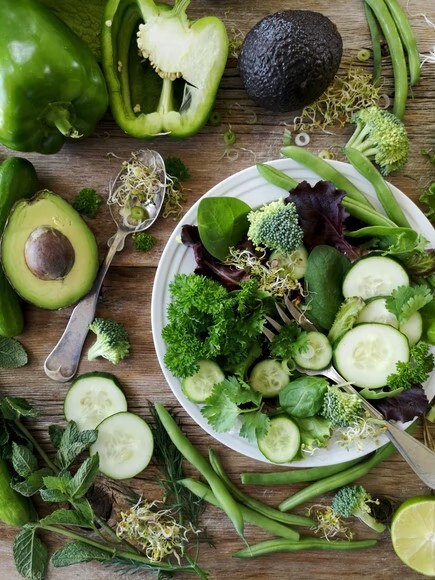
This pertains to consuming food that is eco-friendly and has a low carbon footprint. It involves looking at how the food you consume is prepared, produced and transported. A “low-carbon diet” usually means shifting more to a plant-based diet and minimising or giving up meat and dairy, which the UN states are responsible for 14.5% of the world’s greenhouse gas emissions.
Naturally Raised

Yet another term that is a bone of contention between food advocates and marketers. Strictly speaking “naturally raised” means animals that are grown without being given any medication, vaccines, vitamins or antibiotics.
However, this would mean that only animals in the wild can accurately claim to be naturally raised. Yet there are some certified animals that can carry this label while still being given parasitic medicine, but without being fed anything made with animal by-products.
Nose to Tail

This phrase refers to eating as much of an animal (‘from nose to tail’) as possible to minimise waste. For example, in addition to the traditional cuts of beef, more parts of a cow such as its organs or entrails should be prepared as food. This isn’t a new-fangled way of consuming an animal, rather a return to a more traditional way of eating and handling meat.
See also: 8 Sustainable Food Trends to Look Forward to in 2022
Sign up for the 8Shades weekly newsletter to get our top stories in your inbox!
